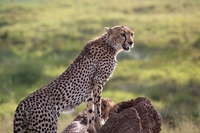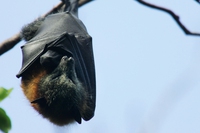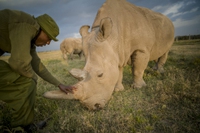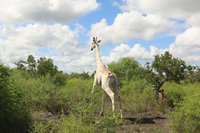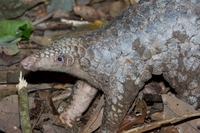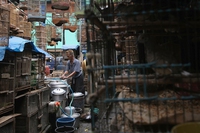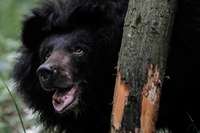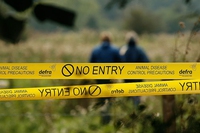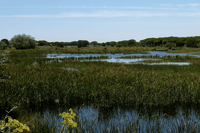
Drought and overexploitation dried up a lake in Spain’s Doñana National Park
Santa Olalla, the last permanent lagoon in the park, has disappeared under the pressure of drought, overexploitation, and illegal wells.
Santa Olalla, the last permanent lagoon in the park, has disappeared under the pressure of drought, overexploitation, and illegal wells.
The Indian government has pledged to reintroduce cheetahs, classified as a “vulnerable” species by the IUCN, into the wild. The animals will be transferred from Africa.
A study indicates that the zoonotic origins of coronavirus may have been favoured by global warming’s impact on the conditions for bat habitats.
Only two northern white rhinos remain, and both are females, but scientists have created two new embryos to save the species, for a total of five.
This is the last white giraffe left in the world. Thanks to a GPS device its movements are being tracked to protect it from poachers.
From Scotland to Abruzzo, via Romania. Philanthropist Paul Lister’s mission is to save biodiversity, and the journey starts in Europe.
China has removed pangolin scales from the list of approved ingredients for use in traditional Chinese medicine.
The relationship between the coronavirus and wildlife is complex: while the pandemic may lead to a reduction in the illegal trade in wild animals, it may also encourage it in other respects.
NGO Free the Bears has opened a mountain sanctuary for moon bears in Laos. With the government’s help, it aims to close all bile farms by 2022.
Factory farming conditions and antibiotic-resistant pathogens emerging as a result of them pose an existential threat to humans in the form of zoonotic diseases. Why it’s time to produce and consume food more thoughtfully.
